DRINKING WITH THE SAINTS

Copyright 2015 by Michael P. Foley
All rights reserved. No part of this publication may be reproduced or transmitted in any form or by any means electronic or mechanical, including photocopy, recording, or any information storage and retrieval system now known or to be invented, without permission in writing from the publisher, except by a reviewer who wishes to quote brief passages in connection with a review written for inclusion in a magazine, newspaper, website, or broadcast.
Regnery History is a trademark of Salem Communications Holding Corporation; Regnery is a registered trademark of Salem Communications Holding Corporation.
First ebook edition 2015
978-1-62157-383-8
The Library of Congress has cataloged the hardcover edition as follows:
Foley, Michael P., 1970-
Drinking with the Saints : the sinners guide to a holy happy hour / Michael P. Foley.
pages cm
1. Drinking of alcoholic beverages--Religious aspects--Christianity. 2. Dinners and dining--Religious aspects--Christianity. 3. Catholics--Alcohol use. 4. Christian saints--Miscellanea. 5. Devotional calendars--Catholic Church. I. Title.
BR115.N87F64 2015
394.13--dc23
2015002440
Published in the United States by
Regnery History
An imprint of Regnery Publishing
A Division of Salem Media Group
300 New Jersey Ave NW
Washington, DC 20001
www.RegneryHistory.com
Manufactured in the United States of America
10 9 8 7 6 5 4 3 2 1
Books are available in quantity for promotional or premium use. For information on discounts and terms, please visit our website: www.Regnery.com.
Distributed to the trade by
Perseus Distribution
250 West 57th Street
New York, NY 10107
Cover design by John Caruso
Interior design by J. Henry Pereira
Interior recipe glass illustrations by Lucinda Levine
Contents


Wherever the Catholic sun doth shine,
Theres always laughter and good red wine.
At least Ive always found it so.
Benedicamus Domino!
HILAIRE BELLOC
I ve found it so too, which is why I wrote Drinking with the Saints. The Catholic contribution to the spirits world is almost as impressive as its contribution to the spirit world. Consider the following:
Beer may have been invented by the ancient Egyptians, but it was perfected by medieval monasteries, which gave us modern brewing as we know it. To this day, the worlds finest beer is made within the cloister.
The mthode champenoise was invented by a Benedictine monk whose name now adorns one of the worlds finest champagnes: Dom Prignon. According to the story, when he sampled his first batch, Prignon cried out to his fellow monks: Brothers, come quickly. I am drinking stars!
Whiskey was invented by Irish monks, who probably shared their knowledge with the Scots during their missions. Whiskey was first prescribed medicinally as a cure for paralysis of tongue, and apparently it works: no Irishman since has ever been accused of having a paralyzed tongue.
Chartreuse, the worlds most magical liqueur, was perfected by Carthusian monks and is still made by them. Only two monks at any time know the recipe.
The California wine industry began when Blessed Junpero Serra and his Franciscan brethren brought the first wine grapes to the region. And its rebirth in Napa County after Prohibition was thanks in large part to a chemistry teacher and LaSalle Christian Brother named Brother Timothy.
The liqueur Bndictine DOM (an abbreviation of Deo Optimo et Maximo, To God, Most Good and Most Great) was invented by Dom Bernardo Vincelli to fortify and restore weary monks.
Frangelico liqueur, which today comes in a brown bottle shaped like a monk with a cloth cincture around its waist, was invented by a hermit monk of that name during his solitude by experimenting with various nuts, herbs, and berries he had gathered.
Rompope, a kind of Mexican eggnog, was invented by nuns in Mexico when it was still a Spanish colony.
And that is just the beginning.
Now to teetotalers and anti-Catholic malcontents, this litany of accomplishments may only confirm their association of Romanism with rum and the rabble (did you know that Prohibition was animated in part by a backlash against Americas papist immigrants?). But I prefer the view of the wine and whiskey encyclopedist E. Frank Henriques, who took the fact that some of the worlds greatest liquors originated from men and women who left the world to follow Christ as a fulfillment of Matthew 6:33: Seek ye therefore first the kingdom of God, and His justice, and all these things shall be added unto you. I also agree with H. H. Munro, a novelist who wrote under the nom de plume Saki: People may say what they like about the decay of Christianity; the religious system that produced green Chartreuse can never really die. And I am in accord with G. K. Chesterton, who is said to have converted to Catholicism because it was the only religion that could reconcile the pipe, the pint, and the Cross.
We could sit on the back porch all night and discuss why this is so over a good bottle of scotch or bourbon, but at the risk of cutting the conversation short let me suggest that the ultimate cause is both a gratitude for the goodness of creation as well as an understanding of that creation as sacramental. To the Catholic mind, not only can earthly, physical things be turned by the agency of God into channels of divine, invisible grace (as we see with the seven sacraments), but all creation is a sacramentum, or divine sign, pointing to the luminous goodness of God. Like William Blake, Catholics see a world in a grain of sand and a Heaven in a wildflower. And they even get a foretaste of that Heaven in the simple pleasures of table and tavern.
And did I mention friendship? Thanks to the charity of God poured forth into our hearts by the Holy Spirit, we love God as Our Father and all of mankind as our brother or neighbor. And we break the ice with our brethren better when sharing a nip or two. Candy is dandy but liquor is quicker. Or as our separated Episcopal brethren like to say, where two or three are gathered in His name, there is a fifth.
Now, none of this means that we should become lushes. Chesterton, who was known to bend the elbow, put it this way: We should thank God for beer and burgundy by not drinking too much of them. For the great St. Thomas Aquinas, alcohol can be consumed in a moral manner usque ad hilaritatem, to the point of cheerfulness. That point does not include holding up the lamppost or three-sheeting it to the wind.
In fact, Drinking with the Saints has as one of its aims the promotion of the refined and temperate art of drinking, an art which involves a discerning palate, a sense of moderation, and a generous dose of self-knowledge. The art also calls for a certain mindfulness or contemplative presence: the wise drinker thoughtfully appreciates the rivulets trickling over his tongue rather than mechanically quaffing torrents in order to short-circuit his God-given intelligence. Spring-break binges and other such riotous extremes are as alien to genuine Catholic tippling as pornography is to fine art. You can be sure that when Our Lord made wine so good that it impressed even the seasoned steward at the Wedding of Cana, He was endorsing only the best forms of imbibing.
Next page

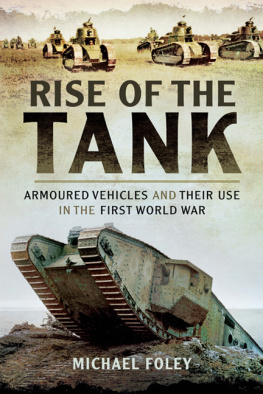
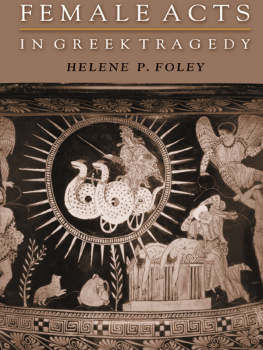
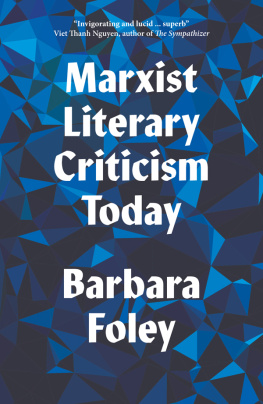
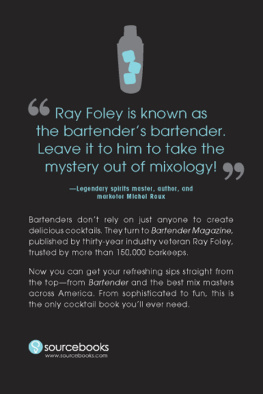
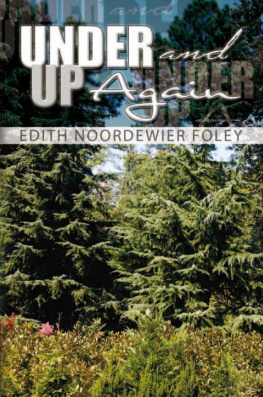

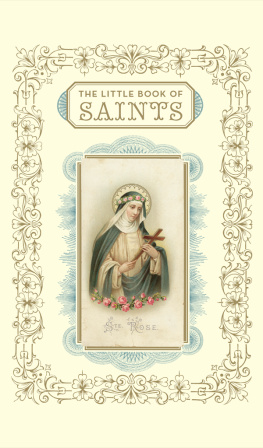



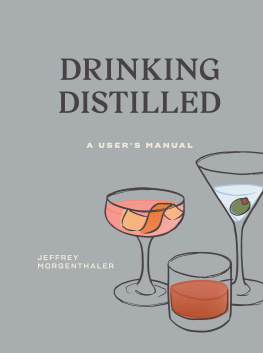
![Catholic Way Publishing [Publishing - The Saints Collection [2,428 Saints]](/uploads/posts/book/131283/thumbs/catholic-way-publishing-publishing-the-saints.jpg)

